The Federal Reserve’s latest meeting minutes reveal a growing concern among policymakers regarding the dual threats of rising inflation and slowing economic growth. This precarious economic landscape is further complicated by the ongoing trade war, which economists warn could exacerbate the risk of a recession in the United States.
Rising Inflation and Slowing Growth: A Stagflationary Scenario
The Fed’s decision to hold interest rates steady at its March meeting underscores the central bank’s cautious stance in the face of increasing economic uncertainty. While acknowledging solid current economic conditions, the Fed revised down its GDP growth forecast for the year to 1.7%, from 2.1% previously, and raised its inflation projection closer to 3%. This combination of slowing growth and rising inflation echoes the stagflationary concerns that plagued the US economy in the 1970s.
The threat of stagflation poses a significant challenge for the Fed. Historically, stagflation has been difficult to manage as it defies the traditional economic relationship between inflation and growth. Typically, central banks would lower interest rates to stimulate growth in the face of an economic slowdown. However, with inflation on the rise, the Fed is hesitant to ease monetary policy further, as this could fuel inflationary pressures.
The Impact of Tariffs on the US Economy
President Donald Trump’s aggressive tariff agenda has been identified as a key factor contributing to the current economic uncertainty. The imposition of steep tariffs on goods from major trading partners, including Canada, Mexico, and China, has raised concerns about the potential for a global trade war. According to RSM’s modeling, if these tariffs remain in place, they could trim 0.36 percentage points from US GDP growth over the next 12 months. Moreover, the tariffs are expected to push up the Fed’s preferred inflation gauge, the Personal Consumption Expenditures (PCE) index, by 0.4%.
The tariffs have already had a significant impact on the US economy. Studies have shown that the costs of tariffs have been passed through entirely to domestic prices, resulting in higher costs for US businesses and consumers. This has led to concerns that the tariffs could dampen global demand and production, ultimately leading to a recession. In fact, J.P. Morgan recently raised its forecast of the global economy entering a recession by year-end from 40% to 60%.
The Fed’s Dilemma and Future Policy Directions
The Fed’s dilemma is further complicated by the uncertainty surrounding the impact of tariffs on the economy. While some policymakers believe that the tariffs could have a transitory effect on inflation, others argue that the risks of a sustained increase in prices are significant. Fed Chair Jerome Powell acknowledged the high level of uncertainty among American consumers and businesses, much of which stems from the Trump administration’s policy changes.
In its post-meeting statement, the Fed emphasized its commitment to monitoring economic conditions closely and adjusting policy as necessary. However, with the risks of stagflation looming, the central bank is likely to remain cautious in its approach to interest rate adjustments. Any premature easing of monetary policy could exacerbate inflationary pressures, while a failure to support growth could lead to a deeper economic slowdown.
Implications for Investors and the Global Economy
The threat of stagflation and the ongoing trade war have significant implications for investors and the global economy. Financial markets have responded to the rising uncertainty with increased volatility. The S&P 500 has pulled back by 10% from its peak as investors weigh weakening growth prospects against heightened policy uncertainty. The bond market is also showing signs of strain, with yields climbing as investors demand higher returns to offset rising inflation expectations.
For investors, the current environment presents a challenging landscape. Traditional equities may struggle in the face of stagnant growth, while inflation-protected sectors such as commodities and infrastructure could provide some resilience. Historically, gold and other hard assets have performed well during stagflationary periods, reflecting growing concerns about this risk.
The global economy is also likely to feel the impact of the trade war and the potential for stagflation in the US. The imposition of tariffs has already led to retaliatory measures from other countries, which could further disrupt global supply chains and trade flows. This could result in a slowdown in global growth, with significant knock-on effects for emerging markets and developing economies.
The Federal Reserve’s latest meeting minutes highlight the growing concerns among policymakers regarding the dual threats of rising inflation and slowing economic growth. The ongoing trade war and the potential for stagflation add further complexity to the central bank’s decision-making process. As the Fed navigates this challenging economic landscape, investors and policymakers alike will be closely monitoring developments for any signs of a shift in policy direction. The outcome of this delicate balancing act will have significant implications for the US economy and the global financial markets in the months and years ahead.
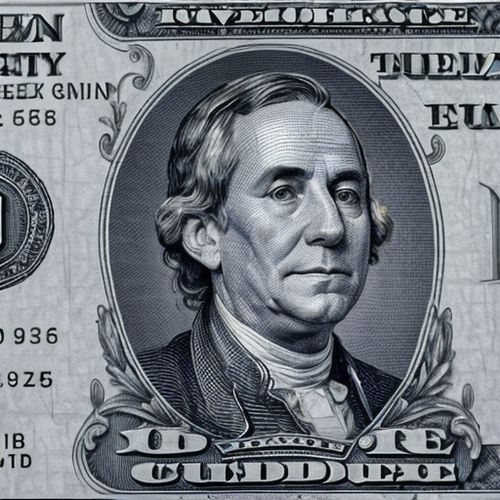
By Samuel Cooper/Apr 10, 2025

By Noah Bell/Apr 10, 2025
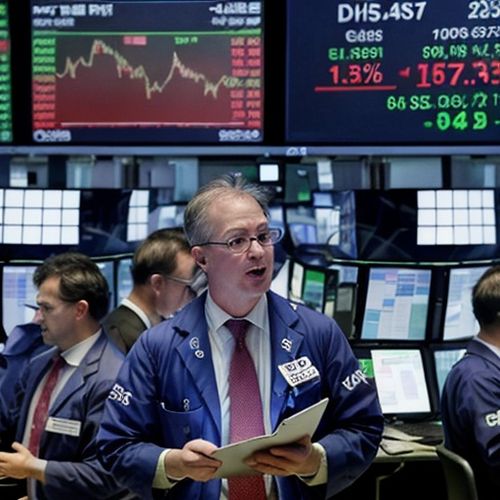
By Sarah Davis/Apr 10, 2025
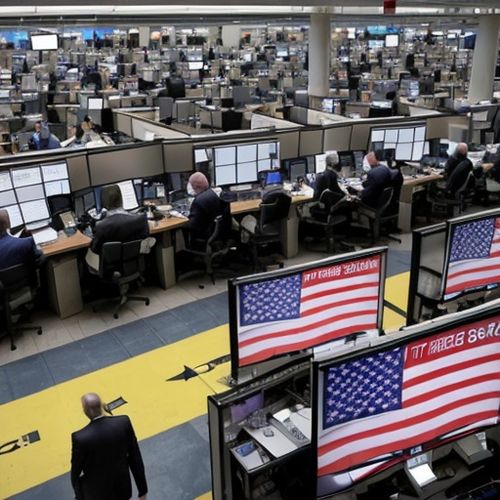
By Noah Bell/Apr 10, 2025
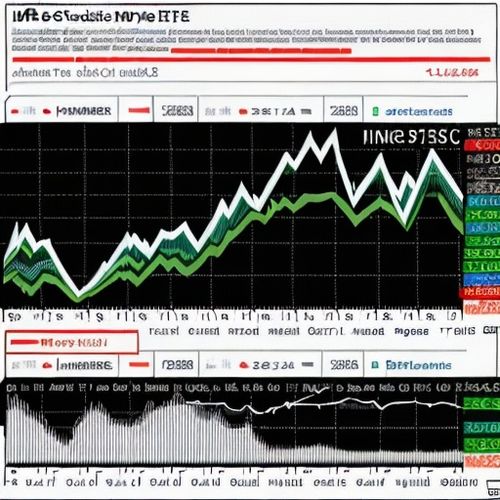
By Rebecca Stewart/Apr 10, 2025
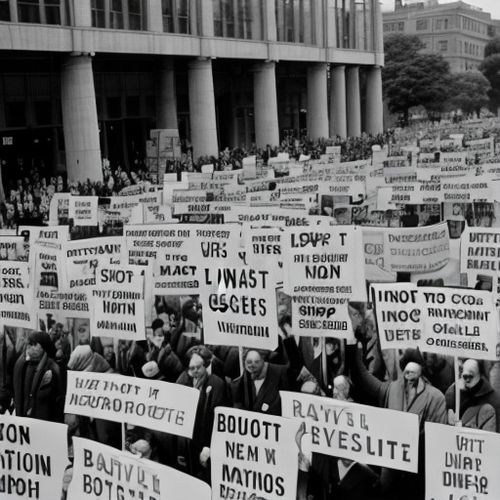
By Lily Simpson/Apr 10, 2025
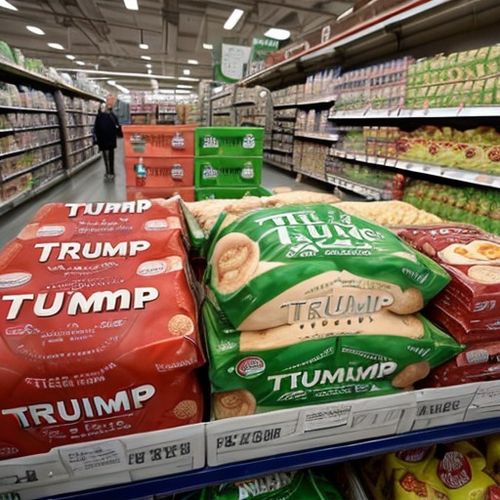
By Christopher Harris/Apr 10, 2025
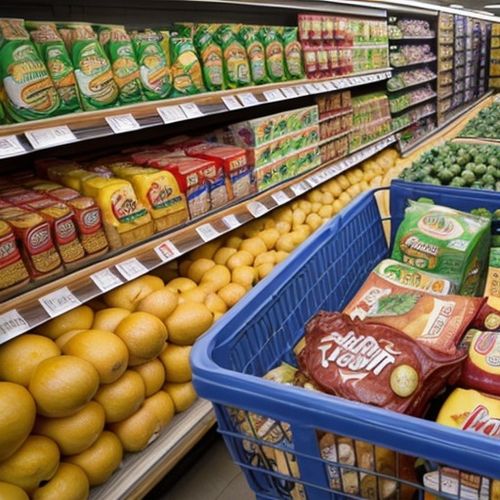
By Emma Thompson/Apr 10, 2025
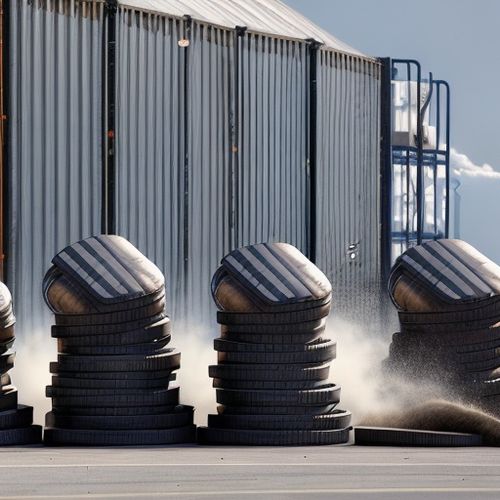
By Olivia Reed/Apr 10, 2025
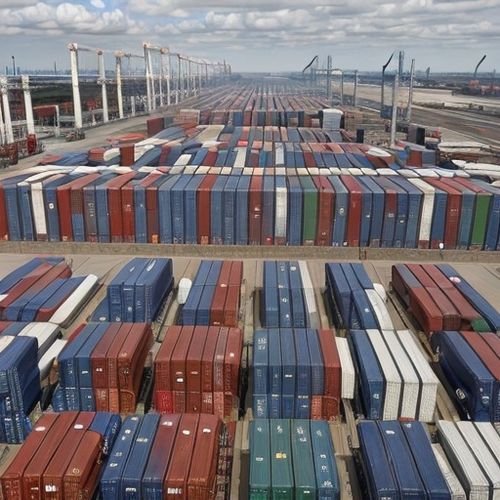
By Eric Ward/Apr 10, 2025
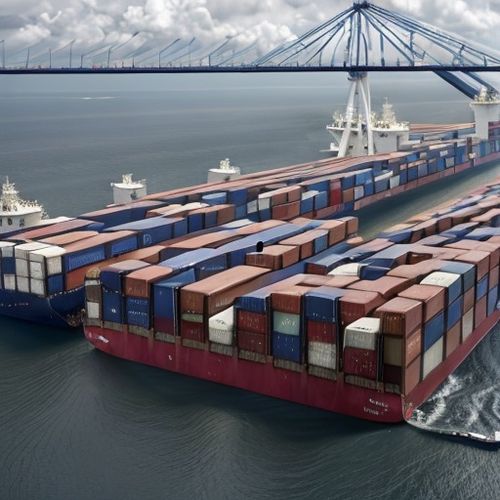
By Victoria Gonzalez/Apr 10, 2025

By Jessica Lee/Apr 10, 2025

By Sophia Lewis/Apr 10, 2025
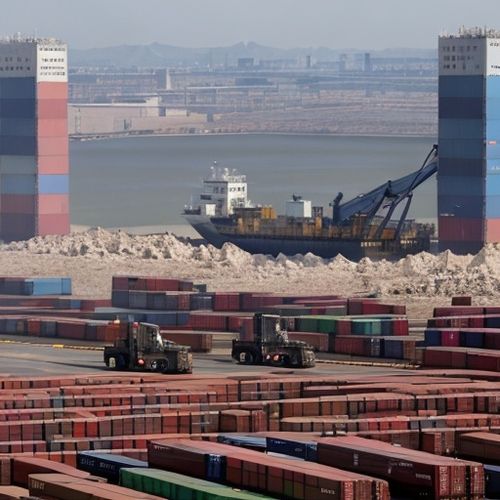
By Eric Ward/Apr 10, 2025
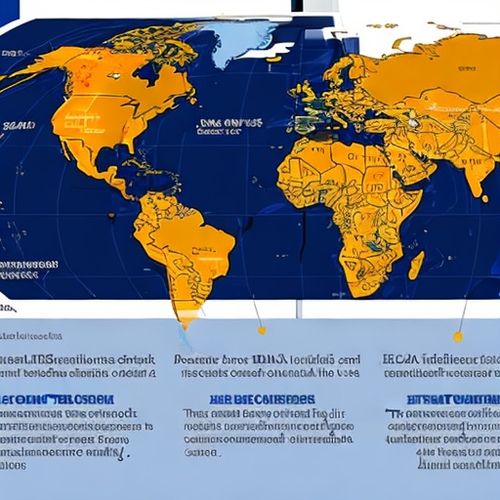
By William Miller/Apr 10, 2025

By James Moore/Apr 10, 2025